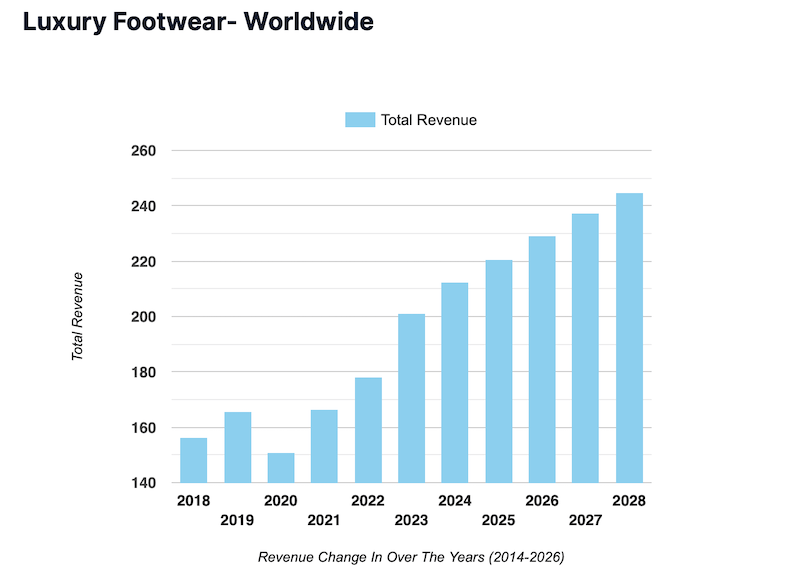Hyper-personalisation is the new normal in the ever-evolving world of luxury brands. Today’s consumers want experiences that are tailored to their tastes and wants. As a result, luxury brands, which stand for exclusivity, have adapted to this new reality by creating more personalised relationships with their consumers.
What is hyper-personalisation?
Hyper-personalisation takes retail to the next level. With the help of data analysis using AI machine learning, luxury brands can better understand consumer behaviour and lifestyle. This allows them to create personalised experiences that engage every customer.
By offering bespoke products tailored to individual tastes, hyper-personalisation strengthens product exclusivity and builds a personal connection with the buyer. Shopping is no longer a one-size-fits-all experience. But what is this hyper-personalisation that creates such unique journeys for each customer? By offering personal recommendations, which have nothing to do with what anyone else bought, luxury brands can create a personal experience for their customers.

Optimise your hyper-personalisation strategy
In today’s ever-evolving market, brands are looking for new ways to differentiate themselves and capture the attention of their passionate customers. The new definition of personalisation is the answer, no longer is it a segment on a database, statistics verify that a hyper-personalised solution proves the returns available by tailoring to each customer’s own singular needs and lifestyle.
Invest in advanced data analysis
To gain a deeper understanding of your customers, it’s important to build your understanding of their preferences, behaviour and lifestyle. This can be accomplished through the use of cutting-edge data analysis tools. The success of hyper-personalised strategies relies on utilising this information as a basis. This allows brands to develop experiences and products that are personally meaningful to their customers. For example, a luxury fashion house uses advanced analysis tools to track its customers’ preferences and purchasing history. From this data, personalised product recommendations are created and sent via email or posted on the customer’s online profile.
Offer customisation options
The customer journey needs to be as individual as the customer. To do this, it’s possible to create custom journeys, with personalised recommendations, exclusive demos and content that matches your customer’s needs. Let’s take a look at one example: Luxury cosmetics skin analysis based on the customer’s skin and lifestyle data, a luxury cosmetics brand recommends a custom skincare programme. It does this by tailoring the recommendations based on the seasons and adapting to changing skin care requirements. Hyper-personalisation is championing the beauty market.
Immediate adoption of a hyper-personalisation email solution
With the perpetual need for ever greater specialist knowledge, there are companies around the world with dedicated staff whose singular aim is to ensure the maximum return from the latest technology in this specialist field. Highly sophisticated technical plugins are readily available to download, which do everything necessary to maximise return. The only word of caution is to be discerning in your selection to ensure it will do what you need.
Here are the distinctions between the Top 30 hyper-personalisation software currently available.
For example, hyper-personalisation has only become available with the advent of AI machine learning, making it a wholly autonomous provision. This means there are no human beings involved whatsoever, in the selection process. If you prefer to try and manipulate the product selections, you negate the uniqueness of the individual, and as a consequence, the marketing returns drop like a stone. These solutions are readily available, and still offer segmentation, with twenty times lower returns according to many research consultants including McKinsey and Forrester.
AI hyper-personalisation is time and date-sensitive. If the data is saying this person will spend this amount of money at this time, then hoping she visits your site is highly speculative. This is where email hyper-personalisation wins the day, being able to present the right products, in front of the right person, at exactly the right time, maximises your opportunity.





